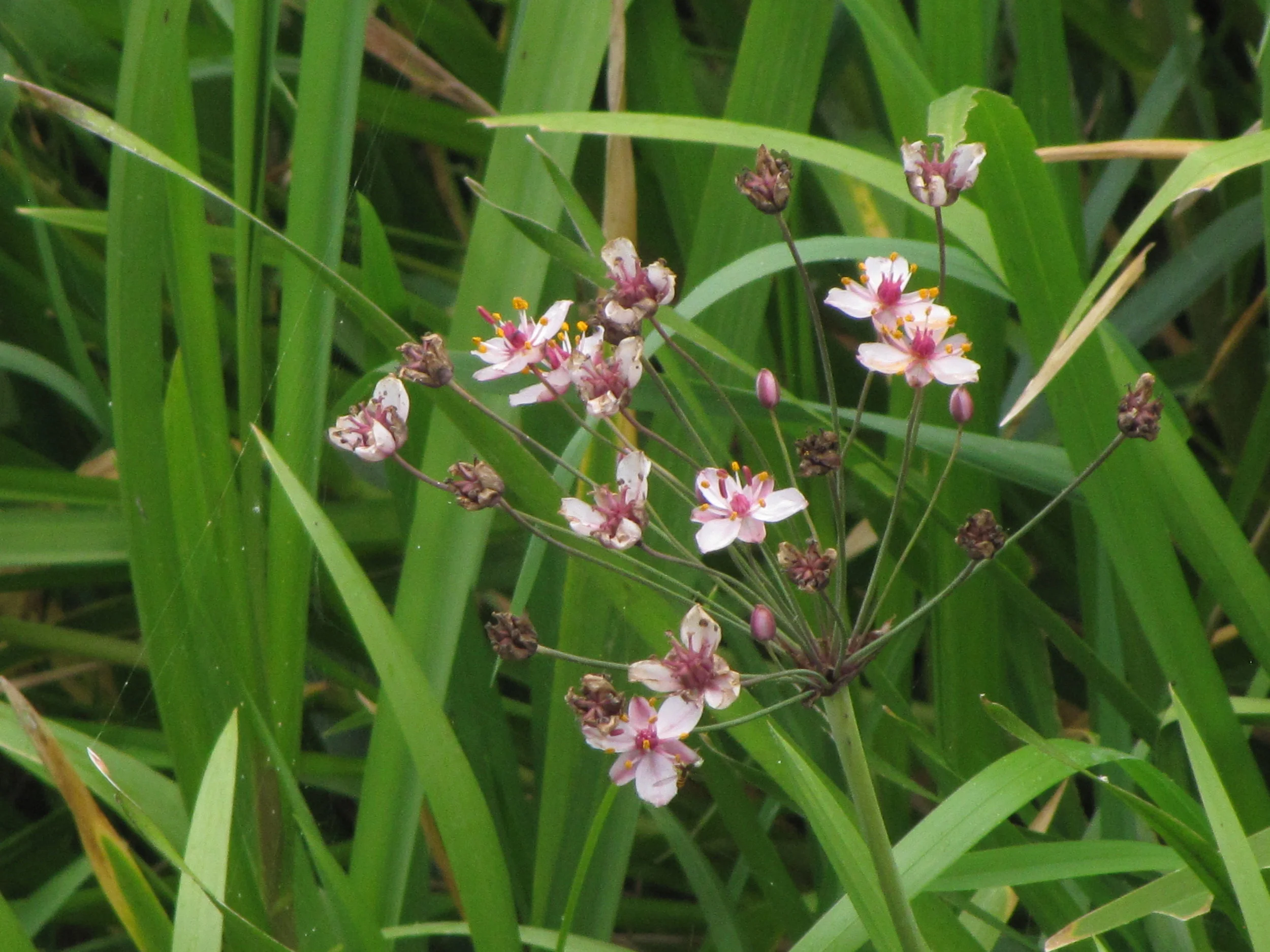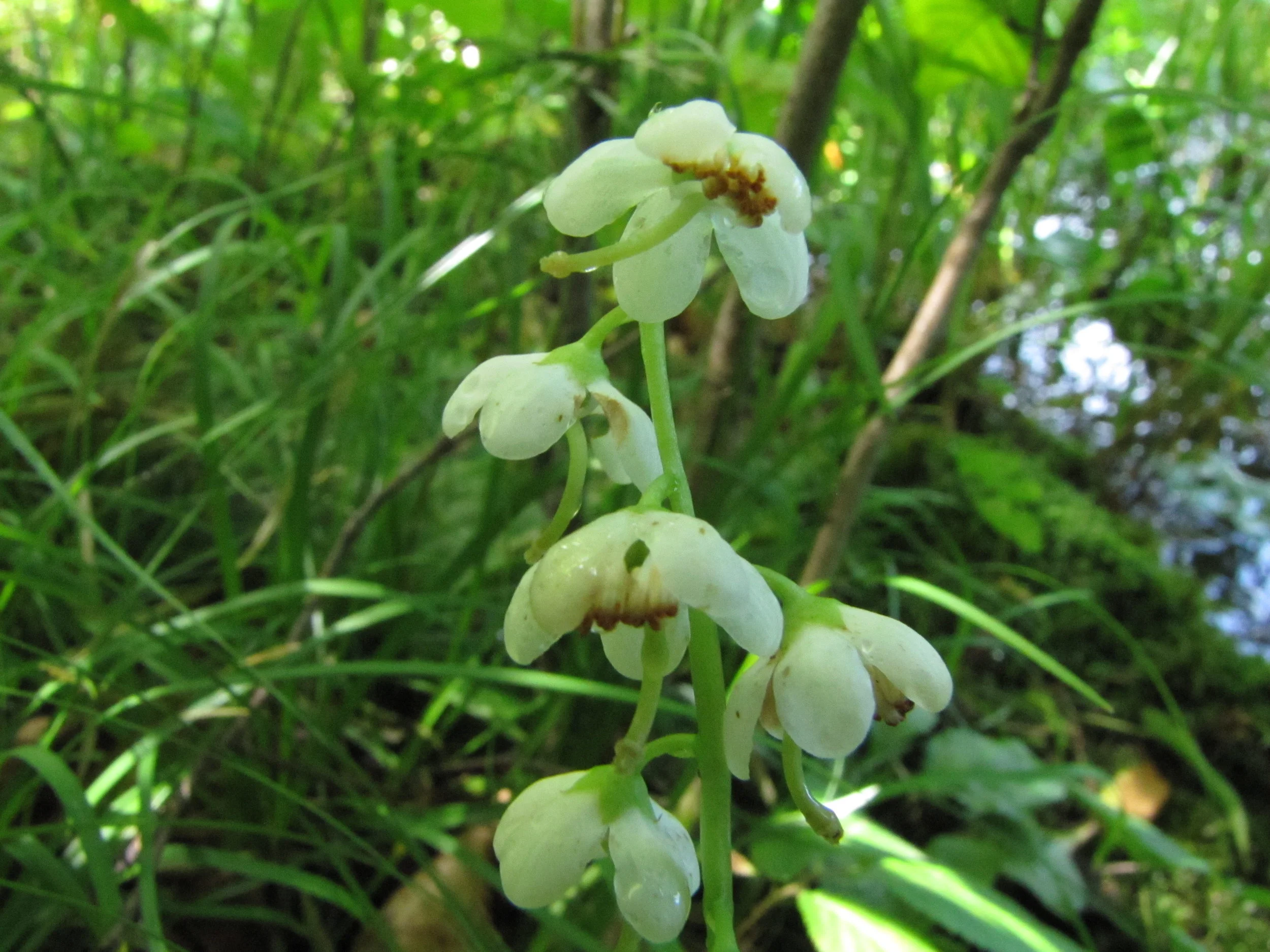Transitions. The gradual, or not so gradual changes. Nature is always in transition. Fall is obviously a transition from the lush growing season of summer to the quiet, cold depths of winter. Eggs turn to chicks, which turn to birds which lay more eggs, caterpillars to butterflies, seeds to plants.
Larger changes take place right beneath our noses, so slowly that it is easy to miss them. As an observer in the wilds of Camphill for the past three years, I find myself noticing some of those longer term changes.
There are places I walk where it is obvious that man has been there. Fences, now falling down and rusting away, show where cattle once were pastured. Areas that were open, probably cleared and plowed for fields, now are filling in from the edges with saplings and brush. Remains of roads, tractor paths, and marl pits have become almost unrecognizable in the overall landscape.
Longer term changes predate mans interference. Along the river, you can see the bluff eroded by thousands of years of water. It shows the huge amount of gravel that lies beneath the shallow amount of fertile soil. At a point, roughly 11 thousand years ago, the land here was barren. Scraped by the mile high glacier, remnants of the dirt and rocks left piled deep as the ice melted. Slowly the soil was rebuilt. Seeds long dormant found new life along with those spread north from the unfrozen lands to the south. What we know now as the Minnesota landscape is a fleeting thing. The pines are moving north, plants that grow in warmer places are filling in behind them.
When I see the sumac filling in the open areas, I wonder how it knows where to grow and when. Does it realize it is a transition species, only there for a short time, soon shaded out by the saplings it gives space to, by shading out the grasses? Is man the only animal on the planet that contemplates these things? Large questions, to which I have no answers. Perhaps the next transitions will reveal some...
Bunchberry Leaves














